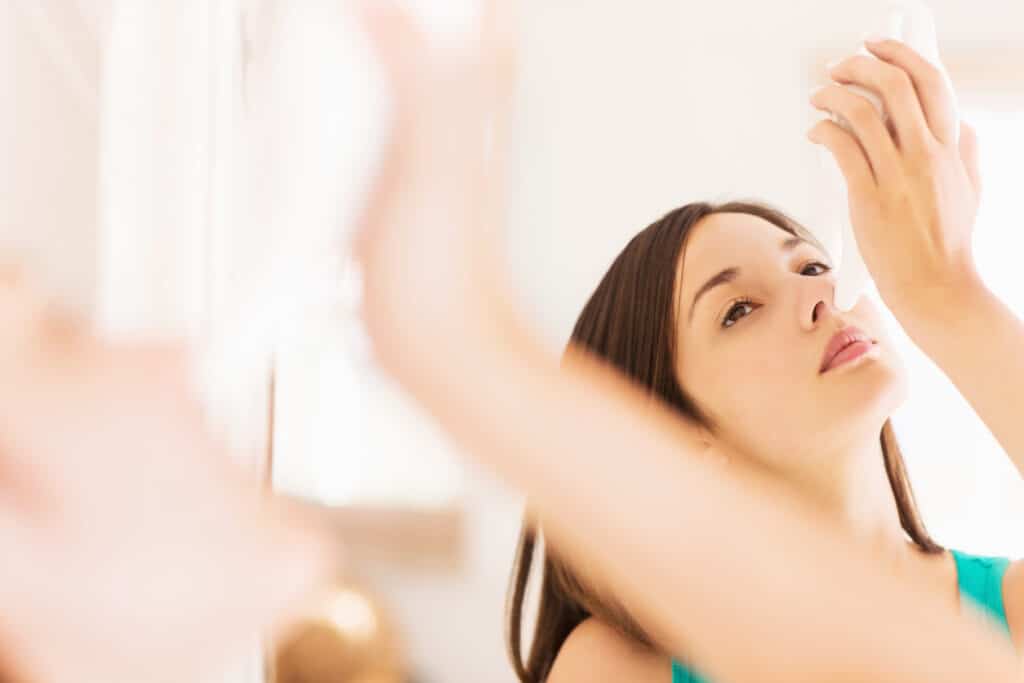Safe Nasal Irrigation: How to Avoid Dangerous Mistakes
- Posted on: Jun 12 2025

Is Nasal Irrigation Safe? Important Tips to Know
Last week, there was an unfortunate report of a woman who contracted a fatal central nervous system infection after using a nasal irrigation device. Despite medical care, she succumbed to a rare infection (primary amebic meningoencephalitis) caused by an amoeba, Naegleria fowleri. Though such infections are rare, they can illustrate the risks of nasal rinses, which are a commonly used adjunctive therapy for several sinonasal conditions, including allergic rhinitis, chronic sinusitis and viral rhinitis
What Is Nasal Irrigation?
Nasal irrigation describes the practice of using salt water to rinse the nasal cavities and sinuses. It’s often used to relieve symptoms from allergic rhinitis, chronic sinusitis, or viral infections by clearing out mucus, allergens, and irritants.
How Is It Done?
You’ll need a saline solution and a delivery device — such as a neti pot, squeeze bottle, or nasal spray system. The solution is gently poured or squeezed into one nostril and exits through the other, carrying mucus and debris with it. The irrigation is generally performed over a sink. It is important to gently blow your nose afterward to get rid of any excess saline.
DIY Saline Rinse Recipe (From the American Academy of Allergy and Immunology)
Ingredients:
- 3 teaspoons of pickling or canning salt (no iodide or preservatives)
- 1 teaspoon of baking soda
- 8 ounces (1 cup) of lukewarm distilled or boiled water
Mix the dry ingredients and store in an airtight container. Use 1 teaspoon of the dry mix per 1 cup of water. Reduce the amount if you experience burning or stinging. For children, use half the amount.
Safety First: Essential Precautions
It is of the utmost importance to use the correct type of water to create the saline, if you plan to mix it at home. It is recommended to use 1) distilled or sterile water which can be purchased at a store, 2) water that has been boiled for up to five minutes and then cooled to room temperature prior to use (though it is recommended to use this within 24 hours to prevent regrowth of any bacteria), or 3) water which has been filtered specifically for dangerous organisms.
To reduce the risk of infection:
- Use only sterile, distilled, or previously boiled and cooled water.
- Clean your nasal irrigation device thoroughly after each use.
- Never share your rinse device with anyone.
- Use the solution within 24 hours if made at home.
Final Thoughts
Nasal irrigation can be a helpful and safe tool when done correctly, but attention to water quality and hygiene is essential. If you have questions about nasal irrigation or if your sinus symptoms persist despite rinses, don’t hesitate to contact us for a full evaluation. We’re here to help guide you safely and effectively through your treatment options.
Tagged with: nasal irrigation
Posted in: Sinus and Nasal

